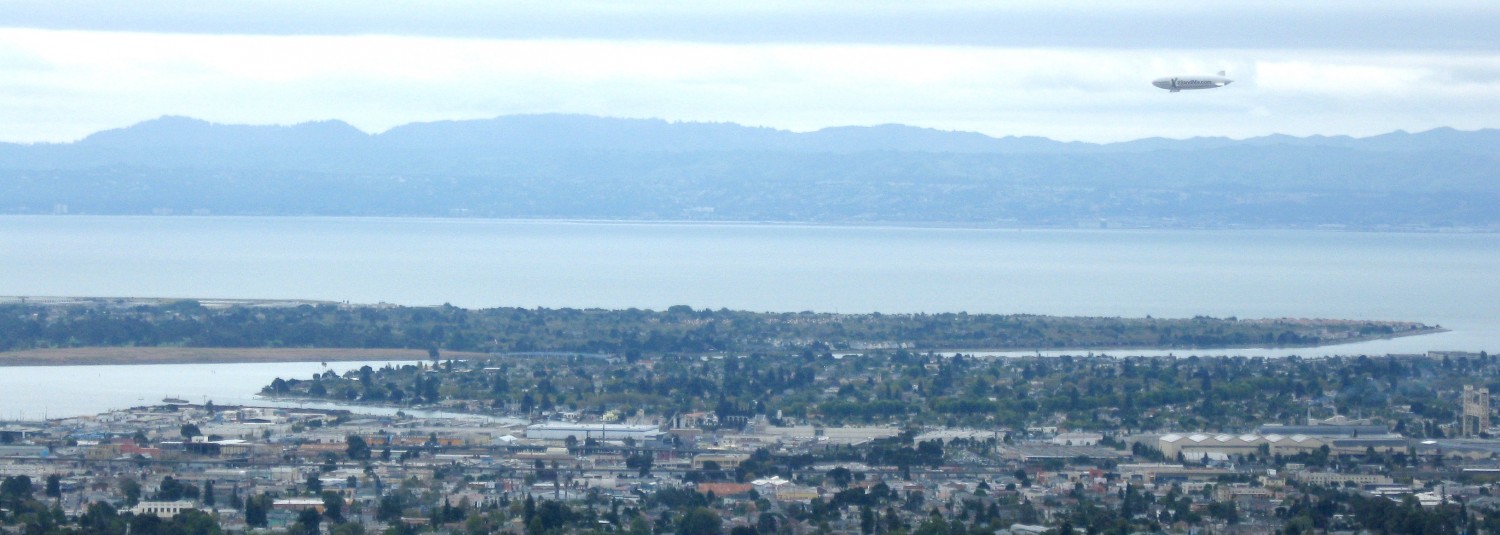Mark Morris Dance Group
Cal Performances Zellerbach Hall
April 19, 2024
“Via Dolorosa”(2024 World Premiere)
Mark Morris has, for many years now, brought his dance company to Cal Performances every year. Audiences have delighted in the complexity of the technical ability displayed by the company’s dancers, the music choices and usually, the inventive choreography. This ‘premiere’ and the other work on the program “Socrates” were disappointing in several ways…although the dancers themselves were marvelous.
“Via Dolorosa” attempts to present the last days of Christ (based on texts by Alice Goodman), with music by Nico Muhly (The Street:14 Meditations on the Stations of the Cross). It is an enormous dramatic challenge…(especially three days before the celebration of the Passover 5784). For many in the audience it is an unknown drama in the detail that Morris and Goodman have chosen to portray.
Costumed in rather shapeless tunics, the nine dancers present the various episodes leading to Christ’s death. (Alas, there is no Resurrection). The movement vocabulary looks simple in its technical challenge… yet the continual rearrangement of groupings and the choice of ‘outstanding’ figures and their representation are continually changing. The dancers adapt to all this beautifully. The harp music by Nico Muhly is played by Parker Ramsey.
A sacred environment is produced by the choreographic episodes staged before a colorful back scenic design by Howard Hodgkin. All this is excellent in concept and choreographic execution, and/but the scenes, the music and the dance events move slowly. We, the audience has just experienced “Socrate” the 2010 Morris work on the program. As much as we admire the libretto, the choreographic events and the skill of the dancers, “Via Dolorosa,” with its awe and religious references, becomes a challenging event for the audience.
“Socrate” (2010) which opened the evening’s program to music by Satie, was danced by fifteen members of the Dance Group. It was dramatically effective though also slow. Played on the piano by Colin Fowles and sung by Brian Giebler, tenor, before a set, part white, part black, not always visually pleasing.
Congratulations to the wonderful dancers. Their ensemble ability is fabulous as is the technical ability of all. Not a sound is heard when they leap and jump; their exits and entrances (which are continuous throughout both pieces) are flawless. Hopefully, this company will return as in the past with m lively and joyful choreography.
